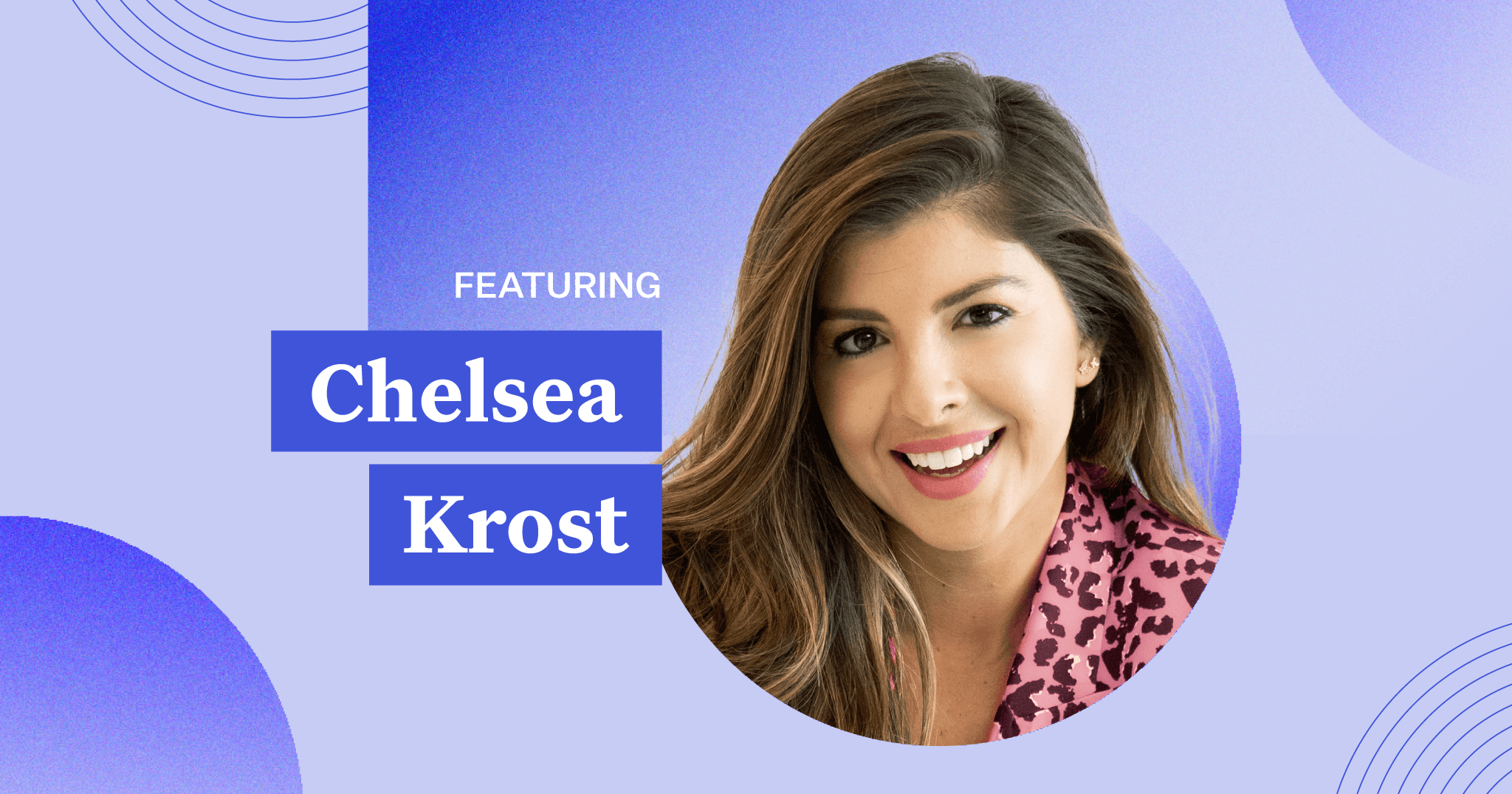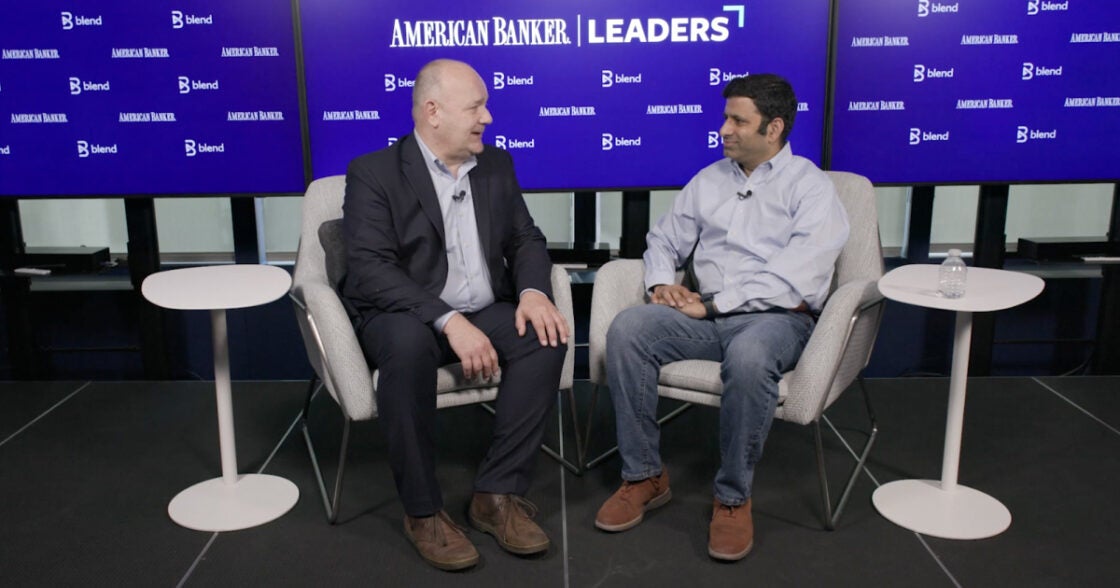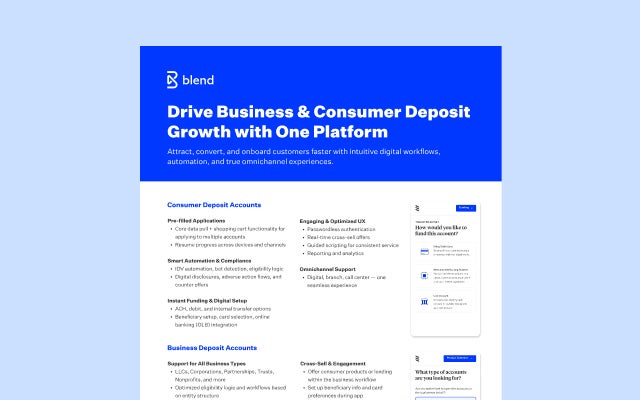October 13, 2020 in Thought leadership
A millennial influencer shares her expert advice for connecting with her generation

The past seven months have been a particularly challenging time. People of all ages and backgrounds have seen their lives uprooted by the effects of the coronavirus pandemic. Millions of Americans have lost their jobs due to no fault of their own, and millions of small businesses have been forced to close their doors. Vulnerable populations, including the elderly and members of minority communities, have been disproportionately affected by the health crisis.
Millennials, too, have seen their world turned upside down. And not for the first time.
Many millennials had just graduated from college and were working in their first job when the Great Recession hit in 2008. Today many remain saddled with student loans and credit card debt. As I said during a recent episode of The Benchmark, powered by Blend, when it comes to managing their money and being able to plan for their financial future, millennials have gotten the short end of the stick.
Coming out of the recession, jobs were harder to get and salaries were lower, and the cost of living just kept going up.
I am passionate about writing and talking about millennials, but I’m also a card-carrying member of the millennial generation. I understand their financial needs and aspirations because I am one of them and share many of the same experiences and possess the same goals.
Millennials are the largest combined consumer group on the planet. We are digital-first but also value personalized customer service. We are all trying to figure out how to earn and save wisely. There’s so much uncertainty, fear, and continued job loss right now, and that makes the need for financial literacy all the more important, especially for millennials.
Helping navigate uncertainty with financial literacy
Here’s how your financial institution can provide trusted money guidance to millennials along each step of their financial journey.
First, help millennials recognize the pitfalls of living paycheck to paycheck
Although millennials have been labeled as materialistic, spoiled, and entitled, the truth is many feel they will not be able to achieve basic goals like landing their dream job, buying a house, or retiring until much later in life.
Millennials have racked up an average of $27,900 in personal debt (student loans and credit cards), excluding mortgages, according to Northwestern Mutual’s 2019 Planning & Progress Study. The survey noted that “Americans have gotten substantially more cautious over the last 10 years. Much of that can be pegged back to the financial crisis of 2008 — something that left a deep behavioral mark on people’s lives which extends well beyond finances.”
The uncertain job market, high cost of living, and student loan and credit card debt have left many millennials feeling stuck and tied to a cycle of living paycheck to paycheck —- making saving or investing very difficult.
Help them break the cycle by creating a monthly budget and paying down debt
Here are the tried and true steps to helping millennials break the cycle of living paycheck to paycheck.
Rule No. 1 — even before you create a budget: Make an ironclad commitment to spend less than you earn.
Now you’re ready to create a monthly budget and stick to it. On one side of the ledger list all of your monthly expenses, including “hidden” daily expenses like your daily coffee-to-go. On the other side list your total monthly net income (after taxes). You’ll need to eliminate some expenses if you see that your total expenses outweigh your income.
Revisit your recurring monthly bills and shop for better deals, including your cell phone plan.
Methodically pay down credit card and student loan debt. Conquer the debt with the highest interest rate first and explore student loan repayment options. There are income-based repayment plans that adjust your monthly student loan payment to a percentage of your income. Research your options and decide what is best for you, your current income, and your lifestyle.
Limit swiping your credit card as much as possible. Pay off your credit card balance in full each month.
Begin paying yourself first from each paycheck, starting with as little as 1-5% of your gross income, and put it into savings. Keep doing this until you have at least six months’ of living expenses put away in emergency savings. This will serve as a financial cushion for a rainy day.
Keep housing costs to 30% of your total income. Consider moving to a more affordable region. After working and living in New York and Los Angeles for almost 10 years, my husband and I made the decision to move to Florida where the cost of living was substantially less. We made the decision to move so we could invest in our first home and have more freedom and flexibility within the lifestyle we desired.
Take advantage of the gig economy — a side hustle can create additional cash flow.
Go ahead and treat yourself, you’ve earned it! But just be sure any (small) expenditure aligns with the goals listed above.
Tap into — and make yourself a part of — millennials’ sources for financial literacy
To an increasing degree, millennials are turning to the internet, apps, financial bloggers, and influencers for information on financial planning, saving, and investing.
Millennials are heavily influenced by user-generated content shared via social media and blogs. Some of the go-to money gurus within my #Millennialtalk community are these fierce female financial experts: Winnie Sun, Tonya Rapley’s My Fab Finance, and Brittney Castro.
I’ve also gained financial insights from conversations with my parents and friends. I’ve learned from videos and online courses, as well as virtual/live summits, expert-hosted live streams, webinars, and Twitter chats.
Other good sources of information on saving and investing include sites like NerdWallet, The Motley Fool, and Robinhood. And there are many others.
As a true millennial, most of my financial education was self-taught, self-guided, and absorbed from trusted experts, influencers, and their recommended “how to” approach. I believe there should be a mandatory financial literacy curriculum introduced during middle school and high school to better prepare the next generation for the “REAL WORLD!” Some of my most trending #Millennialtalk Twitter Chats were within the financial/money management category. Here are two examples:
- #MillennialTalk Recap: Take Control Of Your Finances and Reach Your Goals Faster
- #MillennialTalk Recap: Money and Mindset: How To Make Your Money Work For You
Nationwide, there needs to be more financial literacy education. Until recently, only 17 states required high school students to take a class in personal finance. This is mind blowing.
While we learn things like Pythagorean Theorem in high school, most of us are not taught the fundamentals of managing and saving money. According to research conducted by George Washington University and funded by the National Endowment for Financial Education, less than 25% of millennials have had any financial education at all, and only 7% show a high level of financial literacy.
Millennials understand it’s up to us and the time has never been better to start learning and move confidently toward our financial goals. Financial institutions can play an invaluable role in helping millennials make their dreams come true.

Interested in learning more about millennial lending needs?
Find out what we're up to!
Subscribe to get Blend news, customer stories, events, and industry insights.


